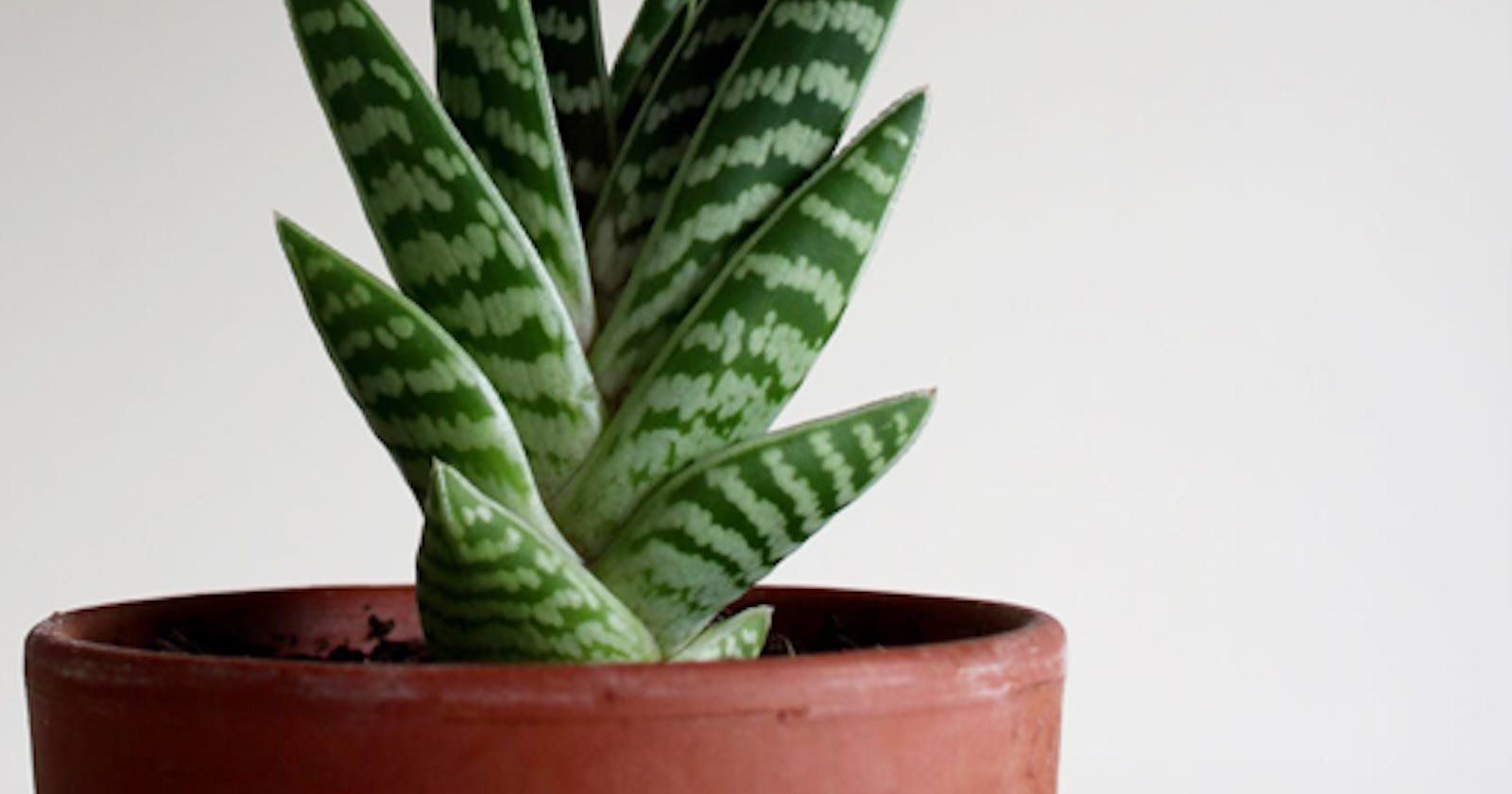Incorporating indoor plants has become increasingly popular in creating a serene and rejuvenating home sanctuary. Aloe vera stands out as a true gem among the vast houseplants. With its striking green foliage and remarkable healing properties, these plants add beauty to your living space and overall well-being.
In this article, we will explore the wonders of the Agave family and how these green beauties can thrive in your home sanctuary, enhancing aesthetics and tranquillity.
The Healing Power of Aloe Vera
Scientifically known as Aloe barbadensis, it is a succulent plant used for centuries for its medicinal properties. Its gel-filled leaves contain essential nutrients, including vitamins, minerals, enzymes, amino acids, and antioxidants. It is part of the Agave family, which includes other succulent plants like Agave americana and Agave tequilana. These natural compounds work synergistically to provide health benefits.
The healing properties are well-known, especially in skincare. The gel extracted from its leaves has a soothing and moisturizing effect, making it a popular ingredient in many cosmetic products. It helps hydrate and rejuvenate the skin, promotes the healing of minor cuts and burns, and can alleviate eczema and psoriasis. Aloe vera gel's anti-inflammatory properties reduce redness and swelling, relieving irritated skin.
Thriving in Your Home Sanctuary
Creating a tranquil home sanctuary involves choosing plants that can thrive in indoor environments. Aloe vera plants are well-suited for indoor cultivation, making them ideal candidates for your green haven. Here are some tips to ensure their optimal growth and well-being:
Light: Aloe vera plants prefer bright, indirect sunlight. Place them near a window with filtered light or provide artificial grow lights if natural light is limited.
Temperature: Aloe vera plants thrive in temperatures between 60°F (15°C) and 75°F (24°C). Protect them from extreme cold or hot drafts, as they prefer moderate temperatures.
Watering: Overwatering can lead to root rot, so let the soil dry between waterings. Water the plant thoroughly, allowing excess water to drain out, and then wait until the top inch of soil is dry before watering again.
Soil and Potting: Use well-draining soil specifically designed for succulents and cacti. Ensure your pot has drainage holes to prevent your roots from getting soggy. The soil should be slightly acidic for aloe vera plants.
Maintenance: Remove any dead or withered leaves regularly. Fertilize the plant sparingly during the growing season with a balanced, water-soluble fertilizer formulated for succulents. Ensure you follow the fertilizer package instructions regarding the recommended dosage.
Propagation: Aloe vera plants can be easily propagated through offshoots, also known as "pups." Gently separate the pups from the mother plant and replant them in separate pots. Ensure the new plants receive adequate light and moisture as they establish themselves.
Pruning: Trim off any yellow or damaged leaves to maintain the plant's appearance and overall health. Aloe vera plants have a natural rosette shape but can grow tall with time. You can prune the plant to maintain a more compact form if desired.
Safety Precautions: While aloe vera offers numerous benefits, handling the plant carefully is essential. The gel inside the leaves may cause skin irritation or allergies in some individuals. Exercise caution when extracting the gel or handling the plant, and avoid contact with the eyes or open wounds.
Beyond their healing properties and ease of care, Aloe vera plants contribute to your home sanctuary's ambiance and tranquility. Their vibrant green foliage adds a touch of nature's beauty, creating a soothing atmosphere.
Conclusion
Placing Aloe vera plants in bedrooms, living rooms, or home offices can enhance indoor air quality by absorbing toxins and releasing oxygen, promoting a healthier environment.

